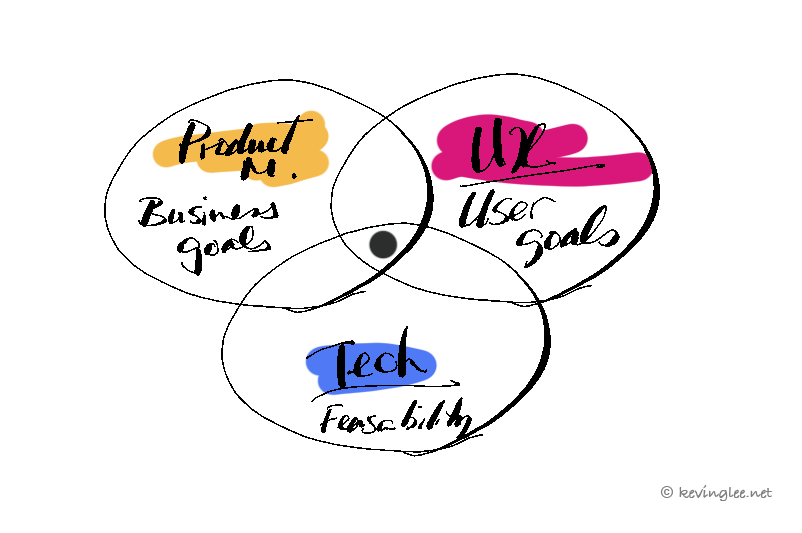

The facts being discovered by UXers with small rapid learning experiments are indeed what this discipline can best serve its organisation. Of course UXers can benefit greatly knowing that the work they’ve contributed are indeed being adopted by Users finally.
Share with me the scenario and put a spot-light on it. If you have a question, anecdote or an interesting topic to raise in UX, send them through. Discussing & articulating the challenge would be the 1st step in edging closer to a remedy.